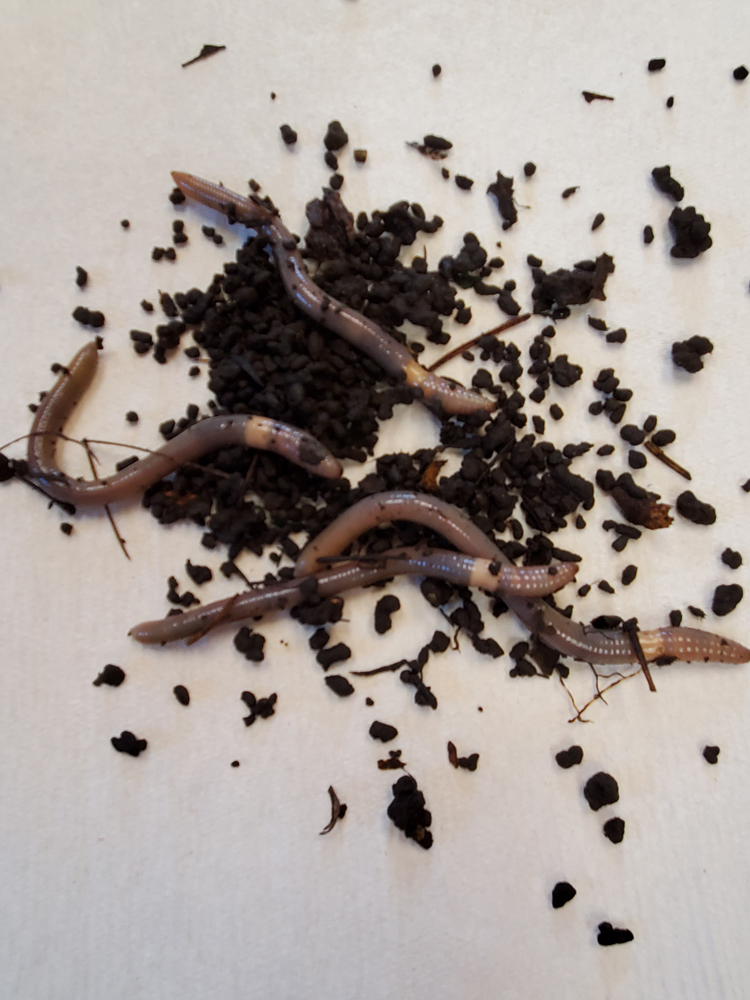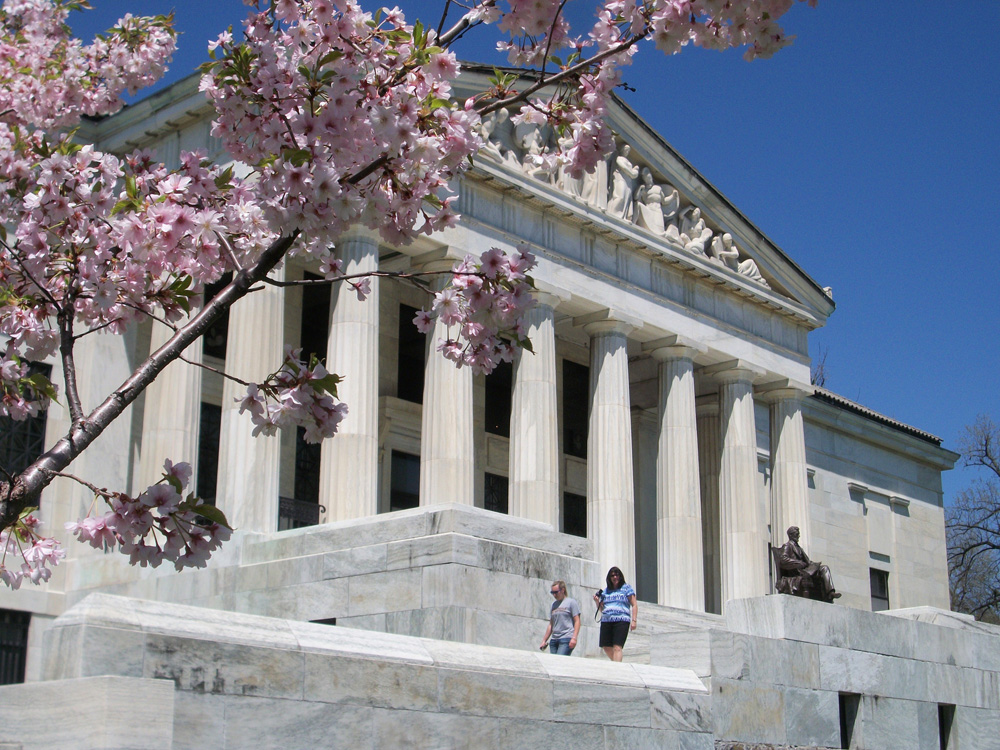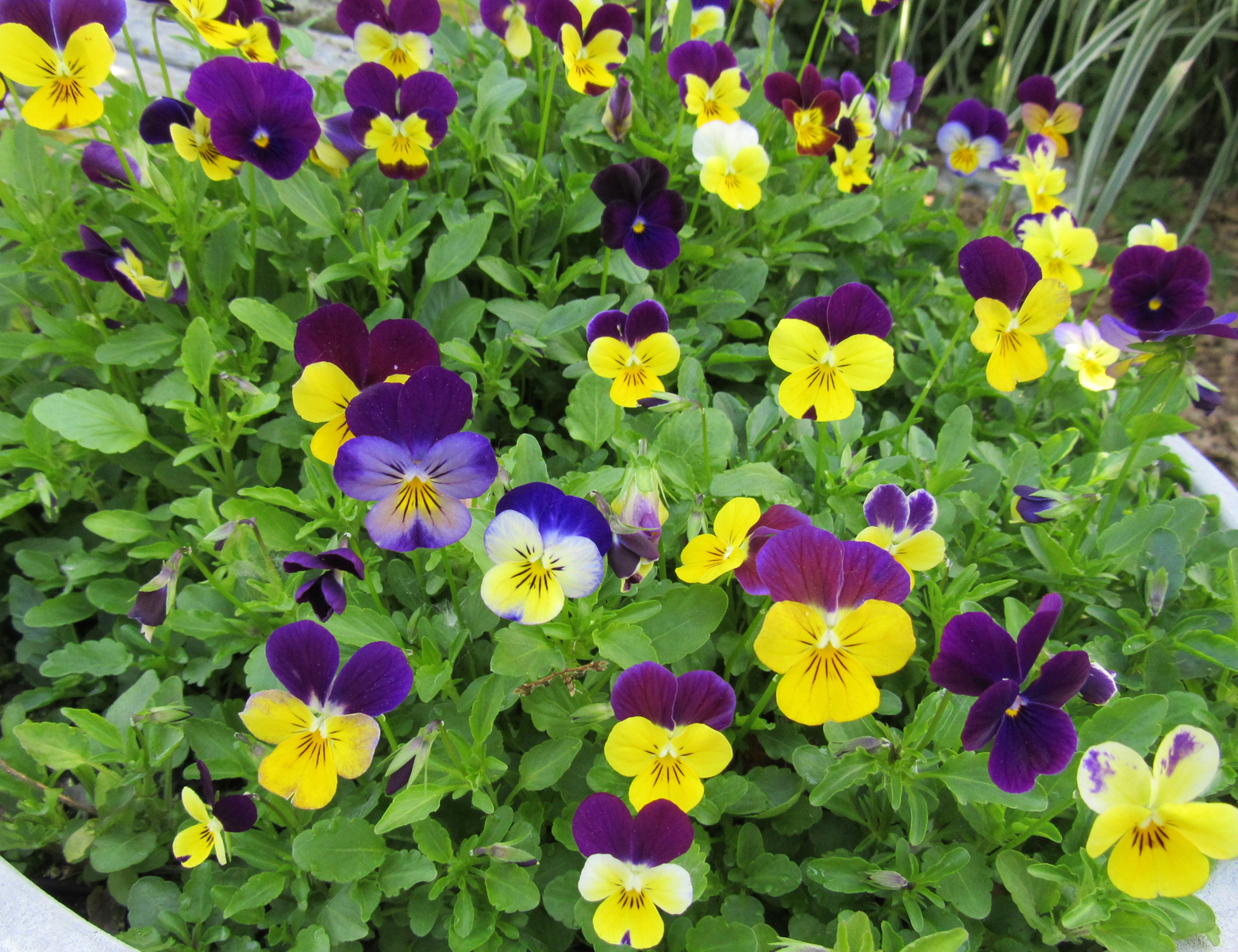‘Winter interest’ takes over in the garden
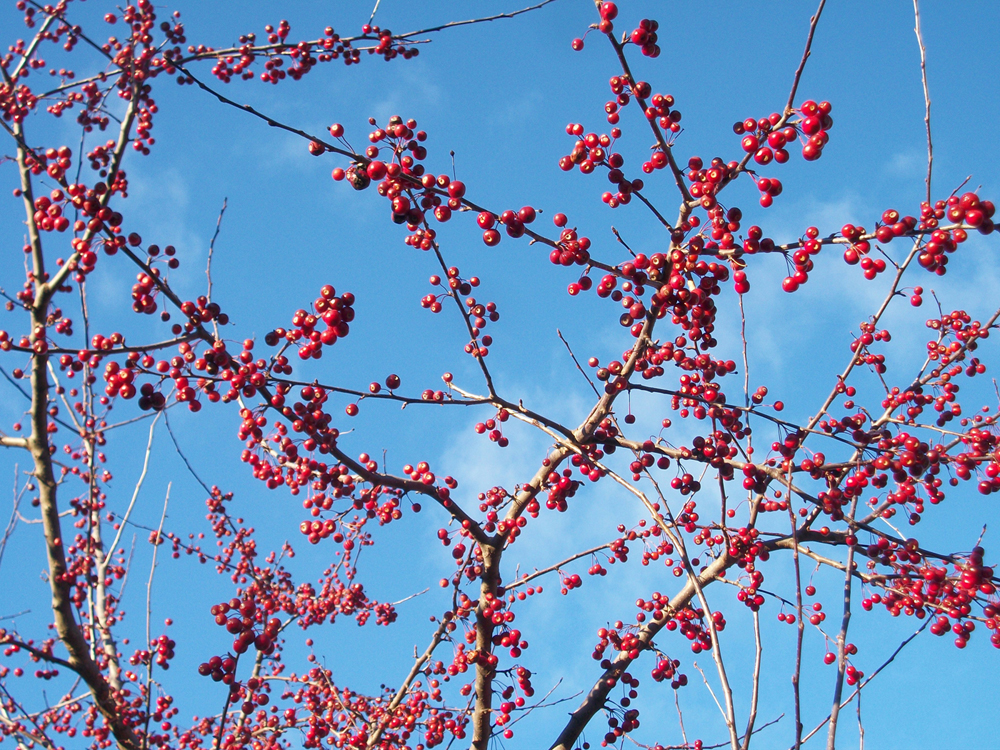
This can certainly be a very stark time of year in the garden – no flowers or pretty foliage.
But the “naked” winter landscape can be attractive and inviting in its own way. There are many, many weeks between now and the lasting flush of real spring, making this the time when garden elements such as hardscape, evergreens and plant shapes can add interest, beauty, texture and color to your yard.
I love winter walks in the garden when the air is clear. Sunrise and sunset in winter can be so dramatic and an inviting landscape can help to draw you outside to enjoy the fresh air while the house is shut up tight.
Line is one of my favorite design elements and I love the stark lines created by bare branches of shrubs and trees. Many ornamental trees and shrubs have very interesting and colorful bark. Red Osier dogwood, paperbark maple and river birch are three examples. Red oak retains its dry earthy-colored leaves well into winter providing interesting texture and even sound and movement in the garden. Colorful bark also makes a pretty contrast to the smooth, white snow and adjacent evergreens during the winter months.
Berries add visual interest into the winter season and also attract birds to your yard. Crabapples with small fruits are so pretty right now. I love to find small flocks of cedar waxwings feasting among the branches on cold winter days. Holly berries, winterberry holly, bittersweet and serviceberry are other plants with bright berry clusters.
The obvious choice for adding color and texture during the winter is evergreens and there is a vast array of varieties from which to choose. Blue spruce and white pine are very stately; golden Korean fir has flat needles and a golden-green hue. Weeping white pine needs support if grown upright and can cascade over garden fences and other structures. Dwarf Alberta spruce create perfect little cone shapes amid the landscape. All garden beds benefit from the addition of evergreen plants which look great all-year round.
The “bones” of your garden, or hardscape, become particularly prominent in winter. Fences, benches, arbors, all-season containers, and other structures – even bird feeders and bird houses – all work to enhance your yard, especially during the winter months ahead.
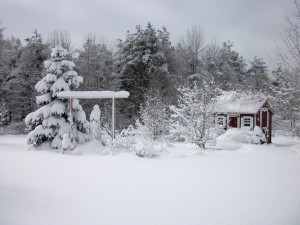
Now is a great time to take a good look at your yard and note where hardscape elements would be most effective.
I especially like hardscape because it provides a base for holiday and other seasonal displays and decorations all year, but especially now. If you are a devotee of exterior illumination, hardscape structures are perfect for lights. The stores are full of strings of all kinds of lights at this time of year, and the closer we get to Christmas, the more likely you will find them on sale. It’s a great time to stock up on twinkle lights which are pretty in the garden year round. In winter, they lift your spirits during the long, cold nights. In summer, they add ambience on long evenings when you can actually be outside in the garden to enjoy them.
Spotlights also add night-time drama to the landscape in a big way. I love to see specimen trees and plantings – particularly deciduous plants and trees lit up with a spotlight – it is very dramatic in winter. This also allows you to enjoy nighttime views of your yard when the sun sets at 5 p.m. or earlier, and, you can enjoy the beauty of a softly falling nighttime snow from the comfort of your easy chair. It’s magical.
I’m trying to think of what to put in my all season containers this winter. They can be planted with dwarf Alberta spruce or holly – but they will need water during periods of dry weather. I might try filling them with evergreen boughs and twigs – including Red Osier dogwood – to add interest during the holidays and beyond.
I am not a fan of leaving my ornamental grasses uncut over the winter. I cut them back in late fall. Many people suggest leaving them for winter interest and movement in the garden, but once mine get hit with the first heavy lake snow, the show is over – the seed heads are flat on the ground never to rise again. Come spring, the dry stalks and seed heads are blown all over the yard and are a pain to clean up.
Instead, I leave some of my sedum for winter interest and the tall flower stalks of purple coneflowers. Vines, like clematis, can also be lovely in winter as they catch the snowfall. Yucca is another sturdy perennial whose sword-like foliage can be dramatic sticking up through the snow.
Don’t let the cold and snow keep you from being creative in your landscape. This period of rest in nature is a great time to enjoy your garden.
11/24/13


